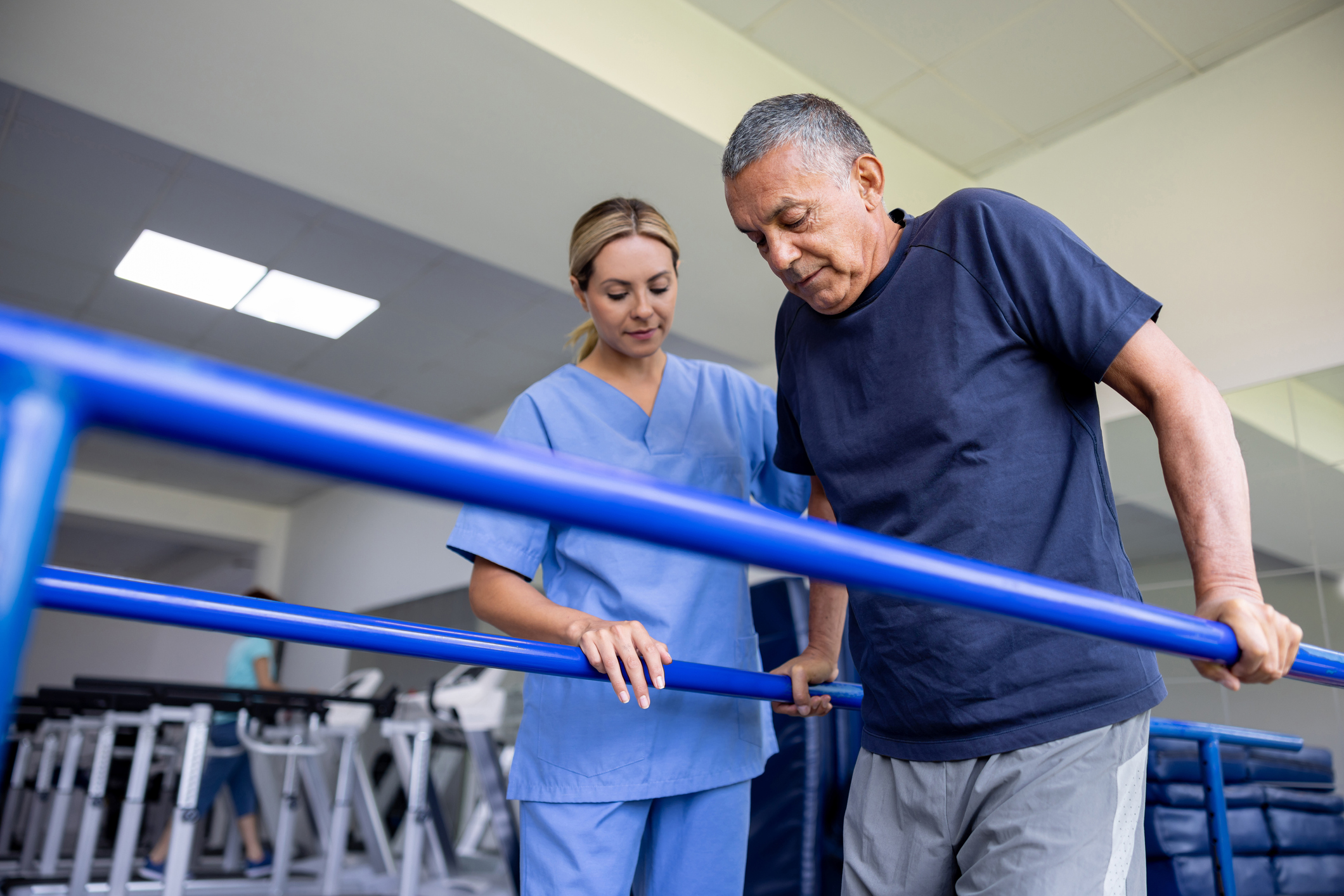Efficient Methods to Reduce the Risk of Sudden Injuries in Athletics Via Targeted Preventative Strategies
Efficient Methods to Reduce the Risk of Sudden Injuries in Athletics Via Targeted Preventative Strategies
Blog Article

Acute traumas in sports can happen suddenly and often lead to critical issues for players. These injuries can vary from twists and tears to breaks and concussions. To help prevent these injuries, it is crucial to adopt focused protective strategies. These strategies focus on awareness, appropriate preparation, equipment use, and overall health maintenance. By addressing these key areas, athletes can considerably lower their chances of experiencing acute injuries while participating in their beloved activities.
One successful approach to reducing the risk of traumas is through instruction. Athletes, coaches, and parents should be educated about the typical types of traumas associated with specific sports. Understanding the dynamics of these traumas allows everyone to recognize the signs and signals early. Educational workshops or seminars can help teach athletes about proper techniques and the significance of preparing up before games or practices. This understanding enables athletes to take responsibility for their well-being and motivates them to communicate any worries about possible injuries.
Another important protective strategy is adequate training. Athletes should participate in a comprehensive training program that focuses on building strength, flexibility, and endurance. Strength conditioning helps build the muscle groups that stabilize joints, reducing the likelihood of traumas. Flexibility exercises, such as stretching, can enhance the scope of motion and decrease the risk of muscle tears. Additionally, players should include sport-specific drills that mimic game scenarios, which can help them become more familiar with the actions involved in their chosen sport. Trainers play a vital role in designing and implementing these training programs to ensure they are safe and efficient.
The use of appropriate equipment is also vital in reducing acute traumas in sports. Players should consistently wear the right equipment for their specific sport, including helmets, pads, and suitable footwear. For example, gridiron players need helmets to shield against head injuries, while football players require shin guards to shield their legs from impact. It is crucial that equipment is fitted correctly and is cared for regularly to ensure it provides the necessary safeguarding. Coaches and Get More Info guardians should encourage athletes to take the effort to select and use the right equipment to reduce their risk of trauma.
In addition education, preparation, and equipment, upholding overall health is crucial for trauma prevention. Athletes should emphasize proper nutrition, hydration, and rest to keep their physical condition in top shape. A balanced diet rich in vitamins and minerals aids support muscle recovery and overall athletic performance. Staying hydrated is also crucial, as dehydration can result to fatigue and heighten the risk of traumas. Lastly, getting enough rest is vital for recovery and upholding focus during practices and matches. By encouraging good health habits, athletes can enhance their effectiveness and reduce their risk of suffering from acute traumas.
In summary, minimizing the likelihood of acute traumas in athletics requires a comprehensive method that includes awareness, adequate training, suitable gear, and overall well-being maintenance. By concentrating on these targeted preventive strategies, athletes can better protect themselves from the dangers of traumas. Trainers, guardians, and players all have vital roles to fulfill in creating a secure athletics environment. By cooperating together and emphasizing safety, the enjoyment of sports can continue without the interruption of painful injuries.